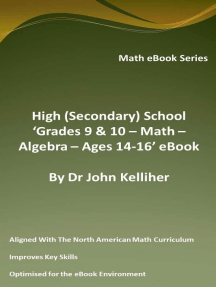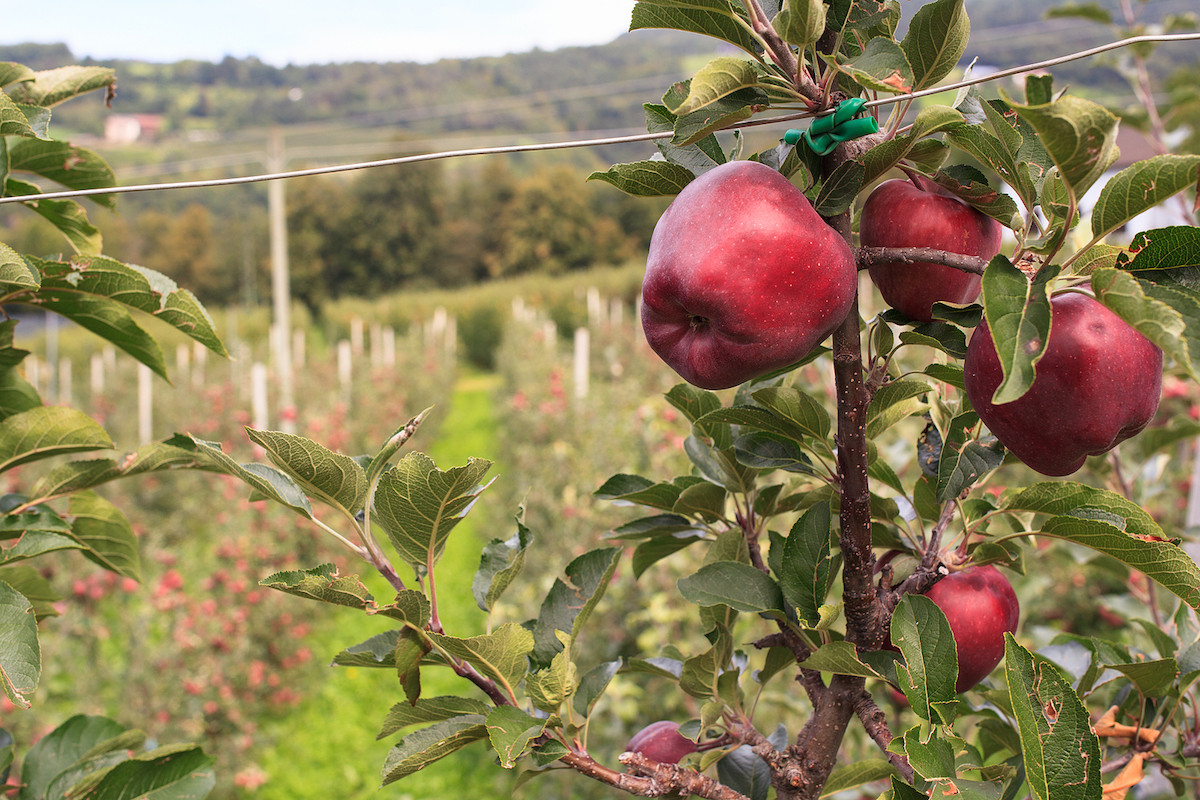
Tangram puzzles are an ancient Chinese puzzle which teaches geometry and improves problem-solving skills. They can also boost arithmetic performance. Here are some examples of how to use them in the classroom. You can help your students understand basic pieces of the puzzle and then let them use them in art projects.
Tangrams are ancient Chinese puzzles
Tangrams, an ancient Chinese puzzle consisting of seven flat geometric shapes linked together in a pattern, are called Tangrams. To form a specific shape, the goal is to place the Tangrams. Traditionally, the tangram consists of a square, five triangles, and a parallelogram. Modern tangrams can also be made from paper, foam, or cardboard. Kids can even create their own Tangrams. They can create thousands upon thousands of shapes and exercise their spatial reasoning skills.
Tangram puzzles can be used to teach students basic geometric shapes. They can practice naming different shapes. For example, you can make a clock look like a circle or a window look like a rectangle. Students can learn how many sides each shape has. These shapes can then easily be combined to make other shapes. Tangram puzzles can also be displayed to give students a visual demonstration of how they fit together.

They teach geometry
Tangram Puzzles help children develop fine motor skills. They teach the basics of angles and how to put shapes together. These are great for practicing geometry. As children age, they can expand their knowledge of geometry by using Tangram puzzles to build and decipher 3-D shapes.
Tangrams are a great way to get your kids away from their devices and computers. They let parents and children spend quality time together, free from the distractions of technology. This is especially true if you have a child young. They encourage interaction between parents, which can be very helpful in their development. Tangrams make a great tool for teaching children congruence. This refers to the difference between two triangles whose sides are opposite.
They develop problem-solving skills
Tangram puzzles can be a great way for children to learn problem-solving skills. Children can manipulate the pieces of a tangram puzzle by changing their perspective and angles with the simple shapes. They also learn about shapes and the relationships between them and other shapes. This helps develop visual spatial skills and encourages a love for innovation.
Tangram puzzles have the potential to increase spatial awareness, visual orientation, and problem-solving skills. They encourage creativity and patience. Even the simplest tangram puzzles may yield complex solutions. These puzzles help children learn many mathematical concepts because there are more than one billion solutions.

They boost arithmetic performance
Tangram puzzles can be a great way for your child to learn geometry and math. They are a great way to increase students' arithmetic ability, teach students spatial rotation and congruency as well as encouraging creative problem solving. These toys are a great travel tool that kids can use to learn while on the move.
Tangram puzzles contain seven different geometric shapes. When arranged correctly, they can form either simple or difficult shapes. To make the final product more appealing, you can arrange them in a creative way. The puzzles were originally invented in China 200-years ago. They are known to improve focus, coordination, and hand-eye coordination.
FAQ
Who can homeschool?
Anyone can homeschool. There are no requirements for specific qualifications.
Parents who have completed high school can teach their children. Many families decide to teach their grandchildren while they are still in high school.
Parents who have less formal education may be able to teach their children.
After meeting certain requirements parents can become teacher certified. These requirements may vary by state.
Some states require that all homeschooled students pass a test before they graduate. Others do not.
Parents who want to homeschool their children must register them with the local school district.
The process involves filling up paperwork and submitting the completed form to your school board.
After registering, parents are allowed to enroll their children in public or private schools.
A few states allow parents who are not registered with the government to homeschool their children.
If you are a resident of one of these countries, you will have to ensure your children adhere to the state's compulsory attendance requirements.
What is a vocational high school?
Vocational schools are institutions offering programs designed for people who want to enter a specific occupation. They can also offer training in specific skills and general education.
Vocational education is an essential part of our society as it helps young people acquire the skills necessary to succeed in their lives. It ensures all students have access high-quality learning opportunities.
A vocational school gives its students many options. This includes certificates, diplomas/degrees, apprenticeships, certificates as well college transfer programs and other postsecondary credentials. Vocational school students learn both academic subjects and more practical subjects like math, science, English or social studies.
What does it mean to be a teacher in early childhood education?
Special training is required for teachers in early childhood education. Most states require candidates for a teaching position to obtain certification from a state board before being allowed to work in public schools.
Some states require teachers who teach math or reading to pass tests.
Some states require that teachers complete a specific amount of coursework in early childhood education.
Most states set minimum requirements for what a teacher should know. However, the requirements may vary between states.
How long should I spend preparing for college?
How much time you have available to study and how long it takes to prepare for college will determine the amount of time you spend on preparation. If you plan to attend college immediately upon completing high school, you should start taking some college preparation courses now. If you are planning to leave school for a while before you can attend college, it is probably not necessary to start planning.
You should discuss your plans with your parents and teachers. They might recommend certain courses. Track the grades and courses you've taken. This will help you know what you need to do next year.
What does it take to be a teacher early childhood?
First, you must decide if early childhood education is what you want to pursue. You will need to earn your bachelor's degree if you decide to pursue a career in early childhood education. Some states require that students earn a master’s degree.
You will likely also have to attend classes in the summer months. These courses cover topics such as pedagogy (the art of teaching) and curriculum development.
Many colleges offer associate degrees that lead directly to a teaching certificate.
Some schools offer bachelor's or certificates in early childhood education. Others only offer diplomas.
If you plan to teach at home, you may not need any additional training.
What are the various types of early childhood education available?
There are many different ways to describe early childhood education. Some of the most popular ones are:
-
Preschool - Children ages 2 to 5
-
PreKindergarten – Children aged 4-6
-
Head Start/ Headstart for children ages 0-3
-
Day Care/Daycares - Children from 0-5 Years
-
Child Care Centers for Children from 0-18
-
Family Child Care – Children aged 0-12
-
Home schooling - Children aged KG to 16.
Statistics
- Data from the Department of Education reveal that, among 2008 college graduates, 92.8 percent of humanities majors have voted at least once since finishing school. (bostonreview.net)
- Among STEM majors, that number is 83.5 percent. (bostonreview.net)
- “Children of homeowners are 116% more likely to graduate from college than children of renters of the same age, race, and income. (habitatbroward.org)
- They are more likely to graduate high school (25%) and finish college (116%). (habitatbroward.org)
- Think of the rhetorical power of nineteenth-century abolitionist Harriet Beecher Stowe, Martin Luther King, Jr., or Occupy Wall Street activists with their rallying cry of “we are the 99 percent.” (bostonreview.net)
External Links
How To
Where can I learn to become a teacher
Teaching jobs are available in public elementary schools, private elementary schools, public middle schools, private middle schools, public secondary schools, private secondary schools, charter schools, private and parochial (Catholic) schools, public and private (non-religious) daycare centers, and other settings.
You must complete a bachelor's program at one of these institutions before you can become a teacher:
-
A university or college that is four-years in length
-
A program for associate's degrees
-
Some two-year community college programs
-
Combinations of these three types programs
To be eligible to become certified for teaching positions, applicants need to meet the state's requirements. These include passing standardized testing and completing an internship period.
Many states require applicants to pass the Praxis II test. This test measures knowledge in reading and writing as well math skills.
Many states require that candidates obtain a specialized license in order to be certified to teach.
These licenses can be issued by the state's boards of education.
Some states grant licenses without requiring any additional testing. These cases require that the applicant contact the state board of education to confirm if the license is granted.
Some states will not issue licenses to applicants who have not completed a master's program.
Other states allow individuals to apply directly to the state board of education for licensure.
The cost of licenses varies widely depending on their duration and the required coursework.
You might find that certain states only require you to have a highschool diploma. Others require you to have a bachelor's.
Some states may require training in particular areas such as literacy or child developmental.
Some states require that applicants have a master’s degree to become licensed.
Many states require teachers to provide information about their previous jobs when applying for certification.
If you were a member of another profession, it might be a good idea to mention this on your application.
However, almost all states will accept work experience from any type of previous job.
You may wish to list your previous job title, position, and years of service.
These information are often useful to potential employers.
It shows them that your skills and experiences are relevant.
Working may allow you to learn new skills or gain valuable work experience.
You can showcase this to future employers by putting your resume in their hands.